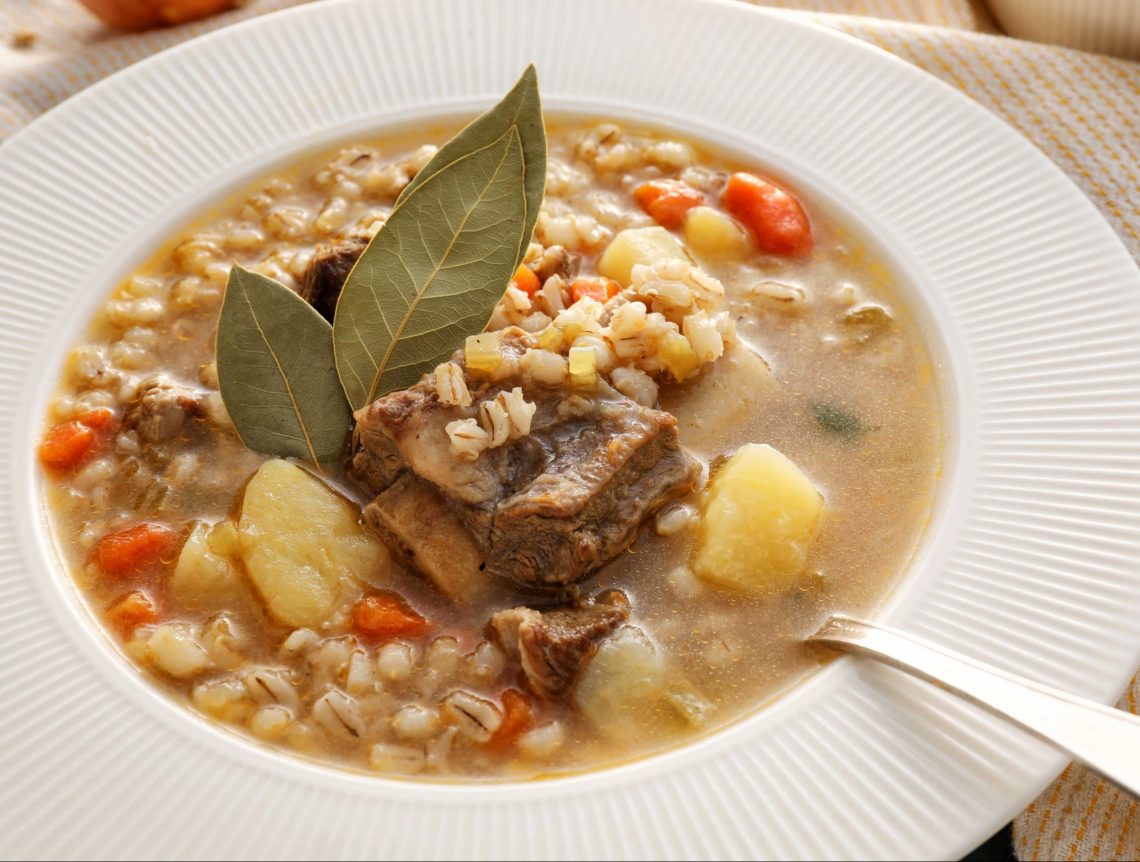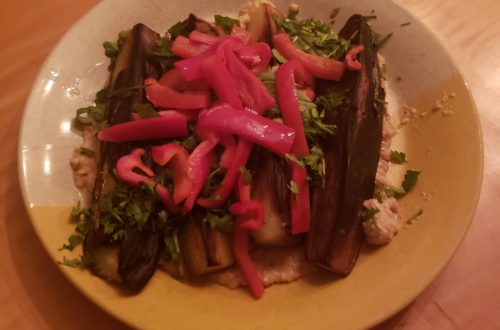
Tasty Ways for a New Year Reset
The big winter feasts are done, and now, many of us are readjusting what we eat. After a month’s worth of rich food and sweet desserts, not to mention three batches of Christmas cookies (thank you, Mrs. Farmboy), it’s time to reset. More vegetables; more grains. And I know I’m not alone in this desire.
This is by no means about body-shaming or wellness or dieting. I’m not a believer in that approach to this time of year; it’s just not productive. Rather, I’ve achieved more results by getting in touch with my body’s natural cues and instincts around food and movement.
I’m also not a teenager. In high school, I was on the wrestling team, and that meant keeping my weight down so that I could compete in a certain weight class. I found it easy to make my weight before a match by eating smaller amounts of meat with vegetables. Of course, the daily workouts in a room with the heat turned up helped to sweat off the pounds. But I’m not 17 anymore.
Still, I can slowly shave off the result of those Christmas cookies by recalibrating the menu. We still need carbohydrates to provide us with the daily energy to fuel our bodies. But rather than the simple sugars, a switch to the complex carbohydrates in grains can be useful. Their starches are complex sugars that take longer for your body to break down and help absorb proteins in your alimentary canal. An added bonus is that they help lower cholesterol. Science aside, I find that they seem to make me less hungry and more satisfied over a longer period.
To increase the possibility that you’ll succeed, I suggest getting organized and planning your menus so that you can cook great-tasting dishes over the next few weeks. Planning ahead can help you avoid the temptation to make easy, unhealthy prepackaged food. In fact, meals with a variety of vegetables, grain, and protein can also be highly flavored with herbs and spices and add-ins like nuts, fruits, toasted seeds, and pickled vegetables – capers, artichokes, and green beans, for example.
Imagine a week of recipes like curried chicken and cabbage soup; cranberry, pecan, and wheat berry salad; beef barley soup with roasted vegetables (like the one shown above); black bean and bulgur salad; and Southwest chicken and barley chowder. In preparing these recipes for just the two of us, we often have leftovers that are useful for lunches or even another dinner. If that’s not quite enough, you can always supplement it with a nice salad accompanying one of those stews, for example. For those of us who are environmentally conscious, this is especially important, since food waste represents the single most common material in landfills and incinerators in the U.S., according to the EPA.
To make it more likely that the food is flavorful, try you buy local produce that’s seasonal this time of year. In the northern climes, that includes kale, bok choi, and winter root vegetables: winter onions, leeks, potatoes, beets, carrots, parsnips, celery root, turnips, and rutabaga. Think about steak with glazed carrots and turnips or sheet-pan shrimp and beets. Or maybe braised chicken with mushrooms and leeks.
Laid out in that fashion, doesn’t look like such an abstemious January. What do you think?
To comment, please click on “Read in Browser” or on the headline to view the blog on the website. You can log in and comment at the end of the blog to share your thoughts and start a discussion.
If you’d like to share the blog, click on the Facebook icon or one of the others. Thanks!





3 Comments
Tracy May
Hi, Farmboy. Now that Mrs Farmboy and your B-I-L’s brandied fruitcakes are history, I’m with you on the whole menu recalibrating thing. I think I’ll make that black bean and bulgur salad recipe since I have some bulgur that needs to be used up. Here’s to healthy eating in 2023…until December anyway.
Farmboy
I’m seriously missing those Christmas cookies.
whoiscall
Thx